Home>Articles>How To Remove Stains From Laminate Countertops
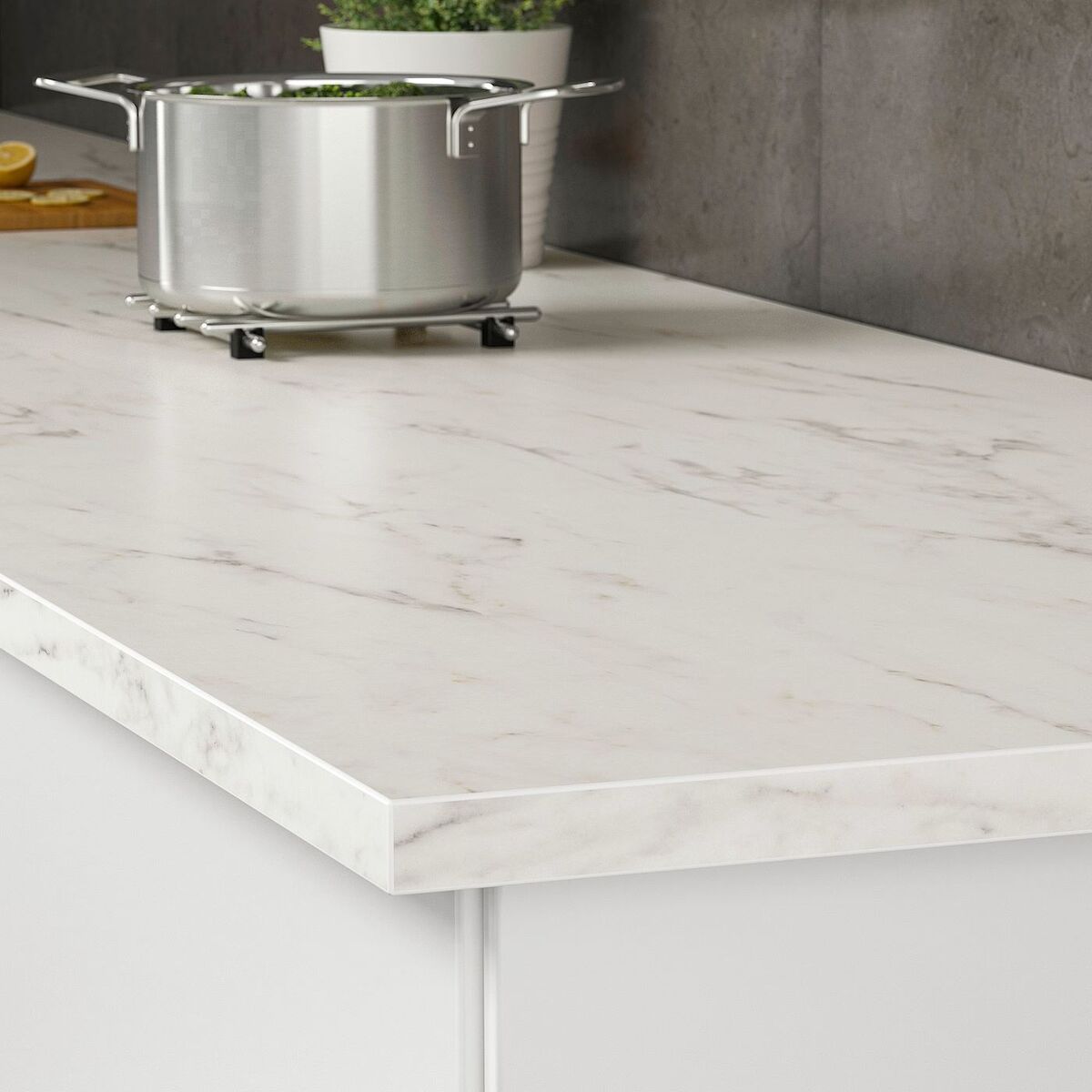

Articles
How To Remove Stains From Laminate Countertops
Modified: August 28, 2024
Discover effective techniques and products to easily remove stubborn stains from your laminate countertops. Read our informative articles now for expert tips and guidance.
(Many of the links in this article redirect to a specific reviewed product. Your purchase of these products through affiliate links helps to generate commission for Storables.com, at no extra cost. Learn more)
Introduction
Laminate countertops are a popular choice in many kitchens and bathrooms due to their affordability, durability, and versatility. However, they are prone to stains and can easily become dull or discolored over time. Whether it’s a food stain, grease stain, ink stain, water stain, rust stain, or heat stain, it’s essential to know how to effectively remove these blemishes without causing any damage to the laminate surface.
In this article, we will explore different types of stains that can occur on laminate countertops and provide step-by-step instructions on how to remove them. We will also discuss methods for preparing the countertop before starting the stain removal process and preventative measures you can take to avoid future stains.
By following these tips and techniques, you can restore the beauty and shine of your laminate countertops and keep them looking pristine for years to come.
Key Takeaways:
- Keep laminate countertops looking pristine by using specific stain removal methods for food, grease, ink, water, rust, and heat stains. Preparing the countertop and implementing preventive measures are crucial for maintaining their beauty and durability.
- Regularly clean laminate countertops with gentle solutions and address spills promptly to prevent stubborn stains. Use cutting boards, hot pads, and regular maintenance to minimize the risk of stains and keep countertops looking beautiful for years.
Read more: How To Remove Laminate Countertop Backsplash
Different types of stains on laminate countertops
Laminate countertops can be susceptible to various types of stains. Understanding the different types of stains is crucial for selecting the appropriate stain removal method. Here are the most common types of stains that can occur on laminate countertops:
- Food stains: Food stains such as coffee, tea, fruit juice, or tomato sauce can leave unsightly marks on laminate countertops. These stains can be stubborn and require specific cleaning techniques.
- Grease stains: Grease stains from cooking oil, butter, or other oily substances can build up on laminate countertops over time, leaving a greasy film or residue. These stains can be challenging to remove and may require more intensive cleaning methods.
- Ink stains: Accidental spills of ink from markers or pens can leave behind stubborn stains on laminate countertops. Removing ink stains requires careful treatment to prevent further spreading or damage to the surface.
- Water stains: Water stains can occur when water splashes or spills are left to dry on the countertop surface. These stains can leave a cloudy or white discoloration and require specific techniques to remove.
- Rust stains: Rust stains can occur when metal objects are left on the countertop, causing a chemical reaction between the metal and the laminate surface. These stains can be challenging to remove and may require specialized rust removal products.
- Heat stains: Heat stains can occur when hot pots, pans, or other heated objects are placed directly on the laminate countertop surface. These stains can cause discoloration or white marks and require specific techniques to eliminate.
Each type of stain requires a unique approach for effective removal. In the following sections, we will discuss the specific methods for removing each type of stain from laminate countertops.
Preparing the countertop for stain removal
Before beginning the stain removal process on your laminate countertop, it’s important to properly prepare the surface. Taking the time to prepare the countertop will ensure the best possible results and minimize the risk of damage. Here are the steps to follow:
- Clearing the surface: Start by removing any items, appliances, or utensils from the countertop. This will give you a clear and unobstructed workspace to work with. Make sure to also wipe away any loose debris or crumbs from the surface.
- Gathering necessary materials: Depending on the type of stain you are dealing with, you will need specific cleaning materials. For general stain removal, gather materials such as a soft cloth or sponge, warm water, mild dish soap, and a non-abrasive cleaner. For more stubborn stains, you may require additional products such as baking soda, vinegar, or specific stain removers. Ensure you have all the necessary materials nearby before you begin the stain removal process.
- Testing a small area: Before applying any cleaning solution to the entire countertop, it’s crucial to test a small, inconspicuous area first. Apply a small amount of the cleaning solution to the test area and observe the result. If the solution doesn’t cause any discoloration, damage, or adverse reaction, you can proceed with confidence. However, if any negative effect occurs, discontinue use immediately and try a different cleaning method or consult a professional.
By following these steps, you will ensure that your countertop is properly prepared for stain removal. This will help you achieve the best possible outcome without causing any harm to the laminate surface.
General stain removal methods
When it comes to removing stains from laminate countertops, there are some general methods that can be applied to various types of stains. These methods can help you tackle common stains effectively. Here are some general stain removal methods to consider:
- Gentle cleaning solutions: Start by using gentle cleaning solutions that are suitable for laminate surfaces. Avoid using harsh chemicals or abrasive cleaners, as they can damage the laminate. Opt for mild dish soap mixed with warm water or a non-abrasive cleaner specifically designed for laminate countertops.
- Scrubbing techniques: Use a soft cloth, sponge, or non-abrasive scrub brush to gently scrub the stained area. Apply gentle pressure and scrub in a circular motion to lift the stain without scratching the surface.
- Using warm water and mild soap: For mild stains and general cleaning, warm water and mild soap can often do the trick. Dampen a soft cloth or sponge with warm water and a small amount of mild dish soap. Gently scrub the stained area, rinsing the cloth or sponge frequently. Rinse the countertop thoroughly with clean water and dry with a soft cloth.
- Removing stubborn stains: For tougher stains that don’t respond to gentle cleaning methods, you may need to use additional techniques. One option is to create a paste using baking soda and water and apply it to the stain. Allow it to sit for a few minutes before gently scrubbing it with a soft cloth. Another option is to dampen a cloth with vinegar or lemon juice and place it over the stain for several minutes before gently wiping the area. Always rinse the countertop thoroughly after using these methods.
These general stain removal methods can help you address a wide range of stains on your laminate countertops. However, for specific types of stains, there may be more targeted techniques that yield better results. In the following sections, we will explore the specific methods for removing different types of stains from laminate countertops.
Use a mixture of baking soda and water to create a paste, then gently scrub the stain with a soft cloth. Rinse with water and dry thoroughly. Avoid using harsh chemicals or abrasive cleaners to prevent damage to the laminate surface.
Specific stain removal methods
While general stain removal methods can be effective in many cases, certain types of stains may require more specific techniques. Here are some specific stain removal methods for different types of stains on laminate countertops:
- Removing food stains: For food stains like coffee, tea, or tomato sauce, start by blotting the stain with a clean cloth to remove any excess. Create a paste using baking soda and water, and gently scrub the stain in a circular motion. Rinse the area with warm water and dry with a soft cloth.
- Getting rid of grease stains: Grease stains can be stubborn, but they can be tackled with dish soap. Apply a small amount of dish soap directly to the stain and gently scrub with a soft cloth or sponge. Rinse the area thoroughly and dry with a soft cloth.
- Treating ink stains: Ink stains can be challenging to remove, but rubbing alcohol can often do the trick. Dampen a cloth with rubbing alcohol and gently blot the stained area. Be cautious not to rub the ink stain, as it may spread. Rinse the area with warm water, and dry with a soft cloth.
- Removing water stains: Water stains can leave behind a cloudy or white discoloration. To remove these stains, apply a mixture of equal parts white vinegar and warm water to the stained area. Let it sit for a few minutes, then gently scrub with a soft cloth or sponge. Rinse the area thoroughly with water and dry with a soft cloth.
- Eliminating rust stains: Rust stains can be more challenging to remove from laminate countertops. One option is to use lemon juice or vinegar to dissolve the rust. Apply the juice or vinegar to the stained area and let it sit for several minutes. Gently scrub the stain with a soft cloth or sponge. If the stain persists, you may need to use a commercial rust remover specifically designed for laminate surfaces.
- Dealing with heat stains: Heat stains, which can leave white marks or discoloration, can be addressed with a combination of baking soda and non-gel toothpaste. Create a paste using equal parts baking soda and toothpaste. Apply the paste to the heat stain and gently rub in a circular motion. Rinse the area thoroughly and dry with a soft cloth.
Keep in mind that proper maintenance and immediate stain removal can prevent stains from becoming too stubborn or permanent. Regularly clean your laminate countertops and address any spills or stains as soon as they occur to maintain their beauty and durability.
Preventing future stains on laminate countertops
Prevention is always better than having to deal with stubborn stains on your laminate countertops. By implementing some preventive measures, you can minimize the risk of stains and keep your countertops looking beautiful for longer. Here are some tips for preventing future stains:
- Using cutting boards and hot pads: Avoid cutting or placing hot pots and pans directly on your laminate countertops. Use cutting boards and hot pads to protect the surface from scratches, heat damage, and potential stains.
- Cleaning up spills immediately: Spills are inevitable in the kitchen, but it’s important to clean them up promptly to prevent stains. Wipe up spills using a clean cloth or paper towel as soon as they occur, especially with highly staining substances like wine, coffee, or food dyes.
- Regular maintenance and cleaning: Regularly clean your laminate countertops to remove any dirt, debris, or food particles that can lead to stains or discoloration. Use a mild dish soap and warm water to wipe down the surface regularly. Avoid using abrasive cleaners or harsh chemicals that can damage the laminate.
By implementing these preventive measures and incorporating them into your daily routine, you can significantly reduce the chances of stains and maintain the beauty of your laminate countertops for years to come.
Remember, even with the best preventive measures, accidents can still happen. If a stain does occur, refer back to the specific stain removal methods provided earlier in this article to effectively address the stain and restore the pristine appearance of your laminate countertops.
Conclusion
Laminate countertops are a popular choice in kitchens and bathrooms for their affordability, durability, and versatility. However, they are not immune to stains. Whether it’s food stains, grease stains, ink stains, water stains, rust stains, or heat stains, it’s important to know how to effectively remove them without causing damage to the laminate surface.
In this article, we have explored different types of stains that can occur on laminate countertops and provided specific stain removal methods for each type. From gentle cleaning solutions to targeted techniques for stubborn stains, these methods can help you restore the beauty and shine of your laminate countertops.
It is equally important to prepare the countertop before starting the stain removal process. Clearing the surface, gathering necessary materials, and testing a small area can ensure the best possible results.
Prevention is key when it comes to maintaining stain-free laminate countertops. Using cutting boards and hot pads, cleaning up spills immediately, and regular maintenance can significantly reduce the chances of stains and keep your countertops looking their best.
Remember, different stains may require different approaches, so it’s essential to follow the specific stain removal methods outlined in this article. Additionally, always test any cleaning solution or method on a small, inconspicuous area before applying it to the entire countertop.
By following these tips and techniques, you can effectively remove stains from your laminate countertops and enjoy their beauty and functionality for years to come. Keep your countertops clean, maintain them regularly, and address stains promptly to keep them looking their best.
With the right knowledge and preventive measures, you can ensure that your laminate countertops remain stain-free and continue to be a focal point in your kitchen or bathroom for many years to come.
Frequently Asked Questions about How To Remove Stains From Laminate Countertops
Was this page helpful?
At Storables.com, we guarantee accurate and reliable information. Our content, validated by Expert Board Contributors, is crafted following stringent Editorial Policies. We're committed to providing you with well-researched, expert-backed insights for all your informational needs.
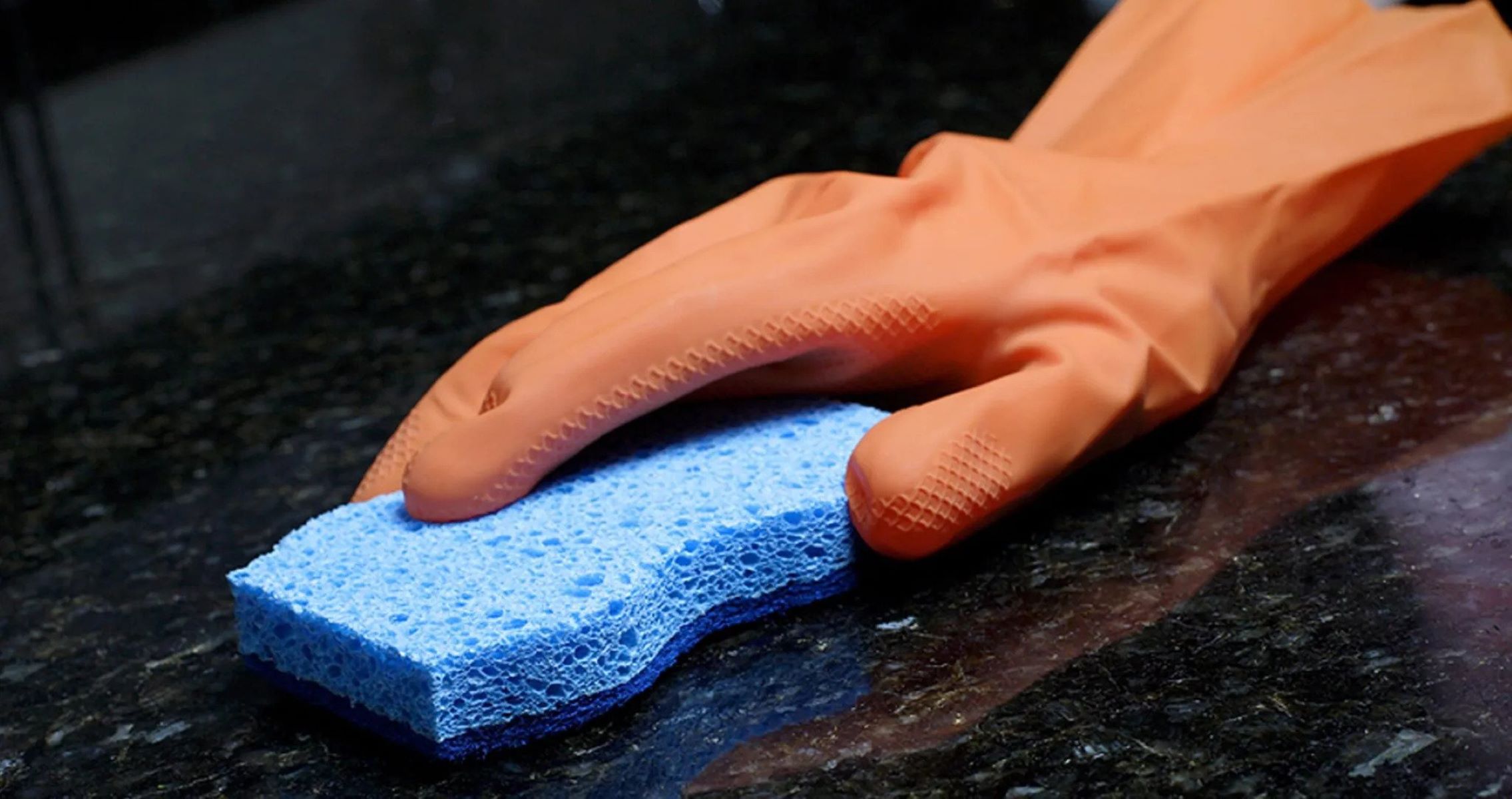

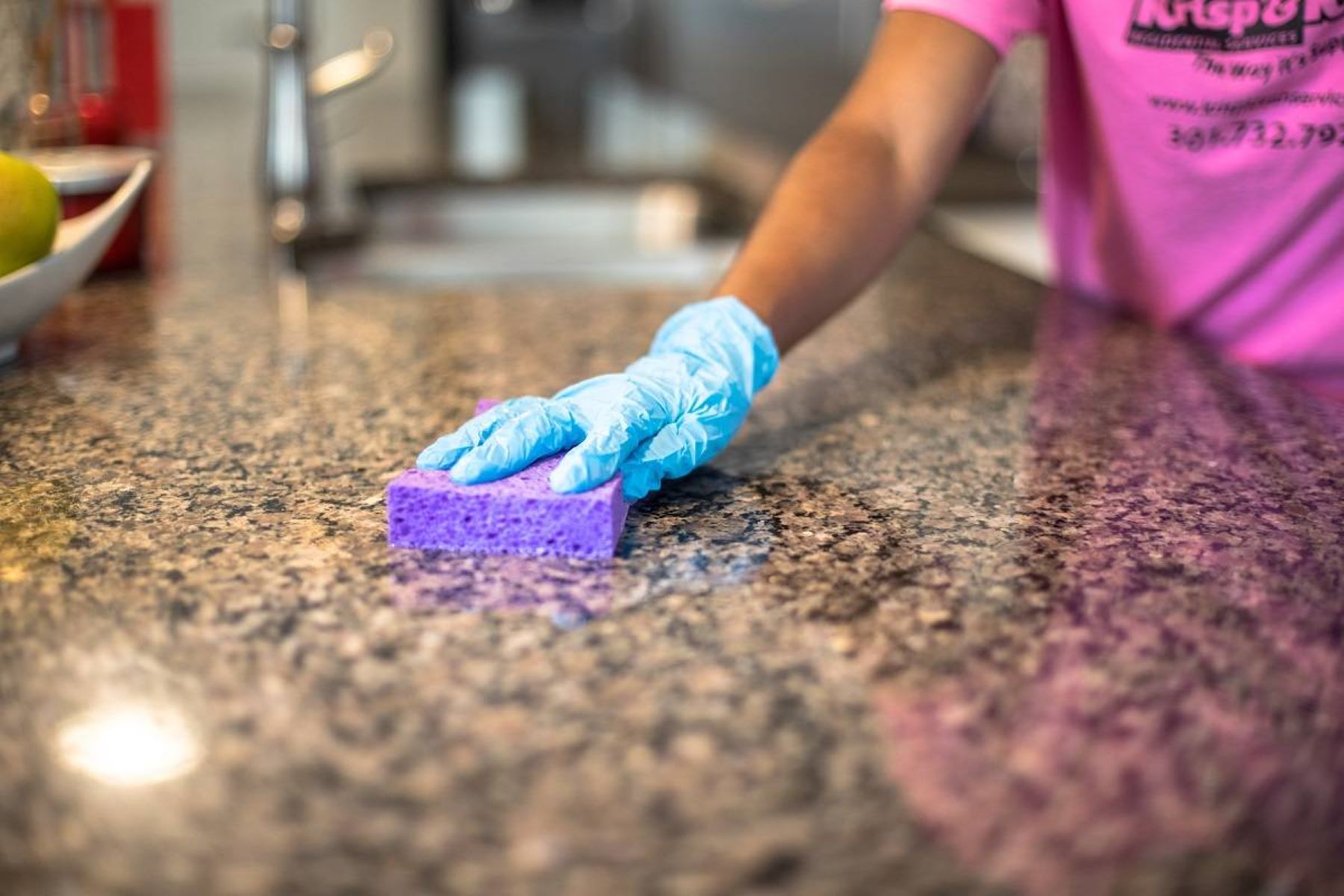

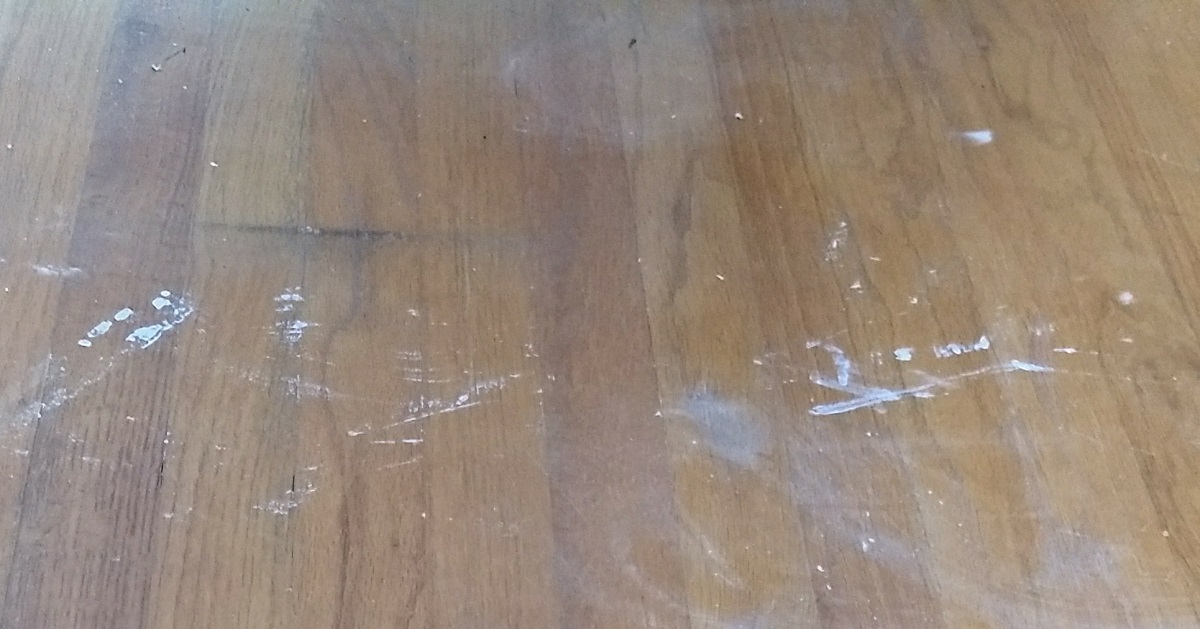
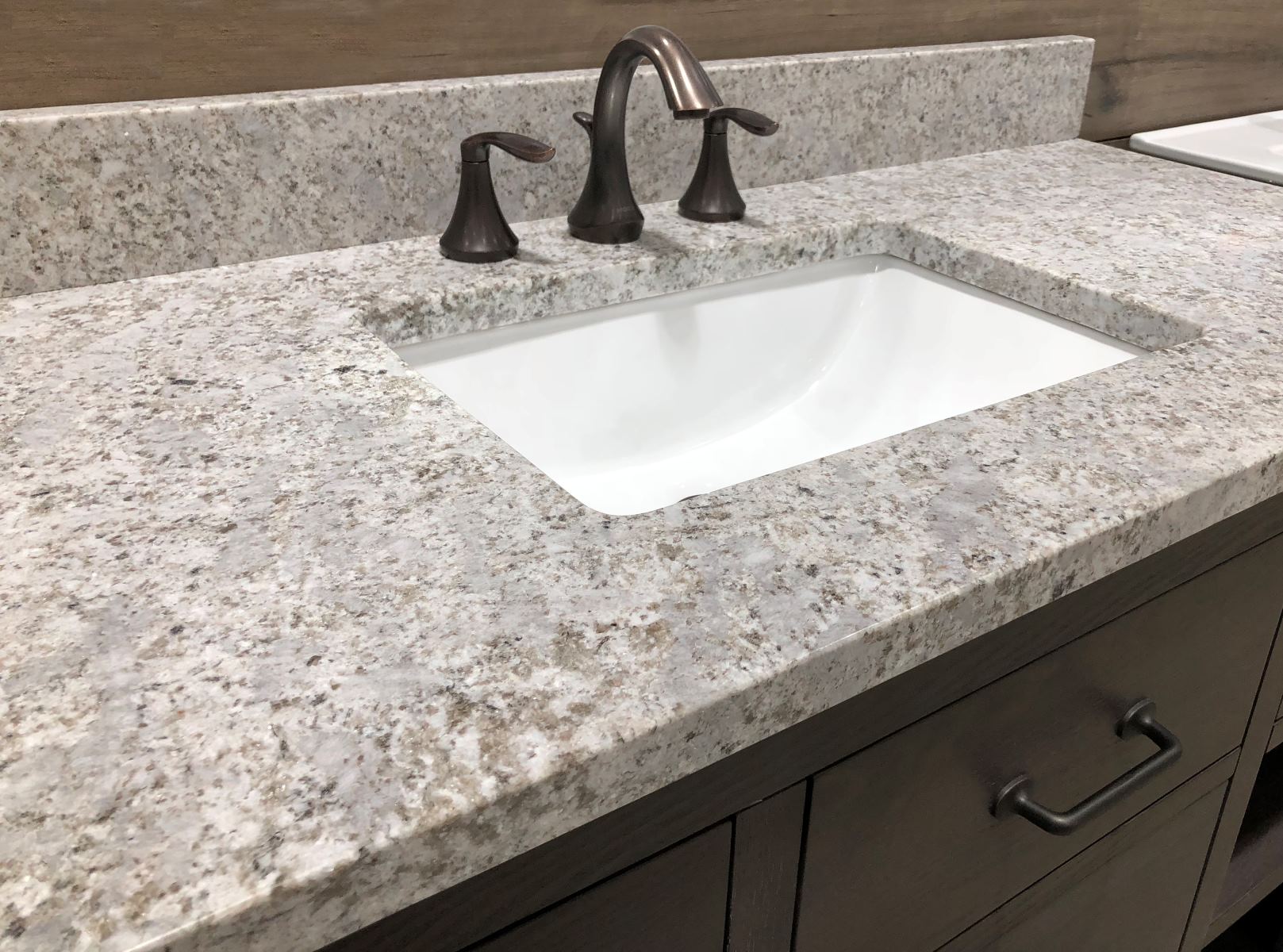
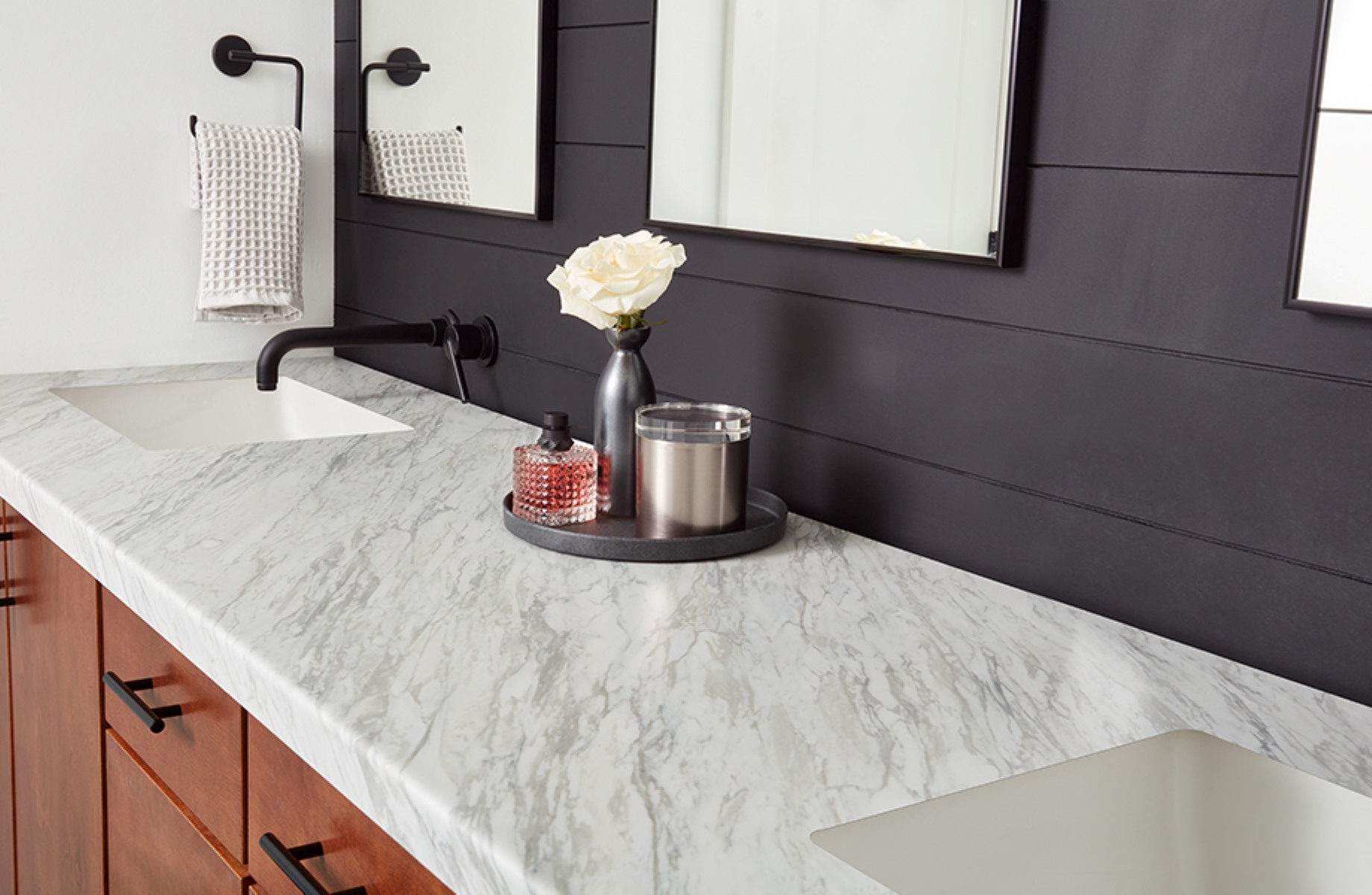

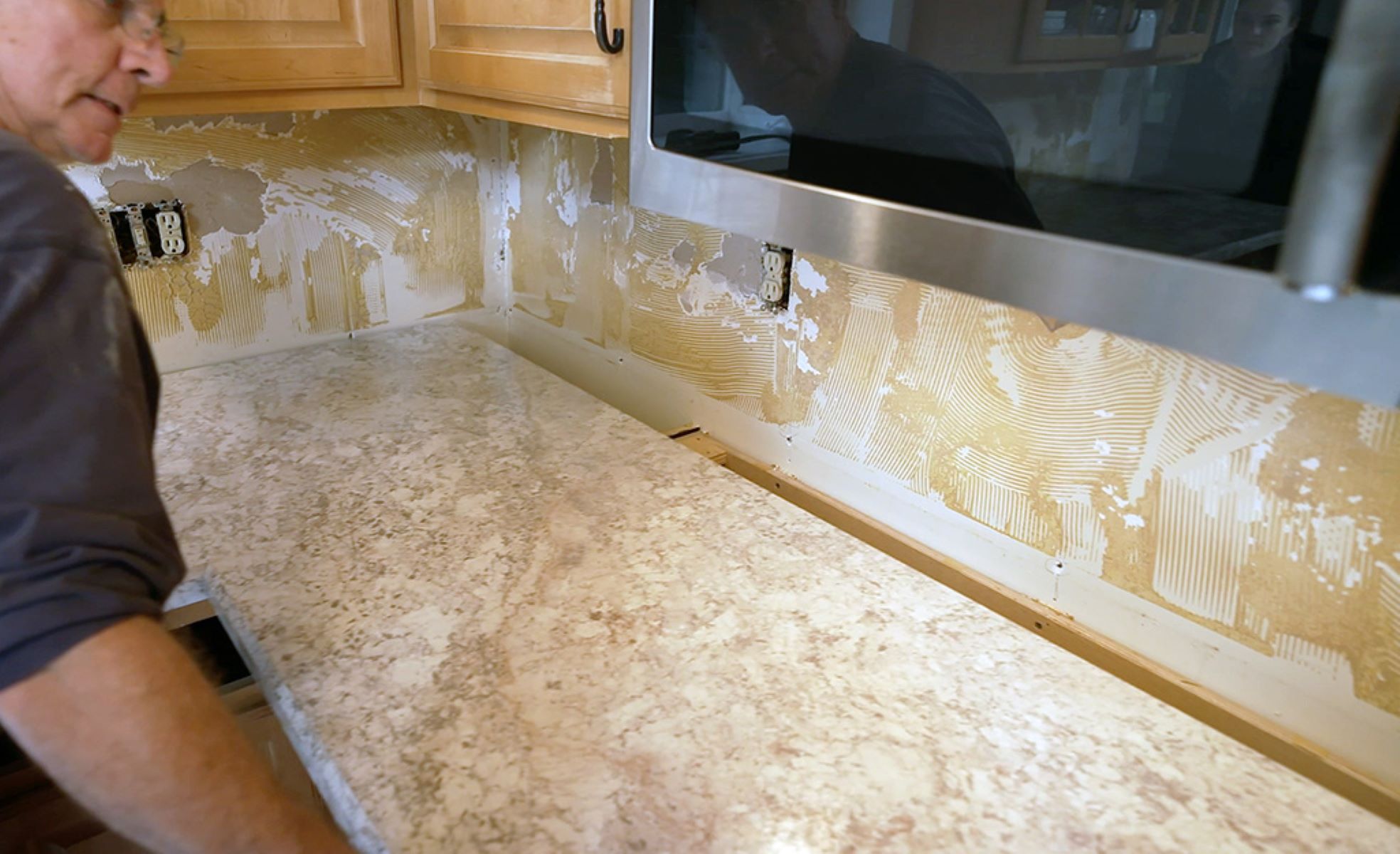
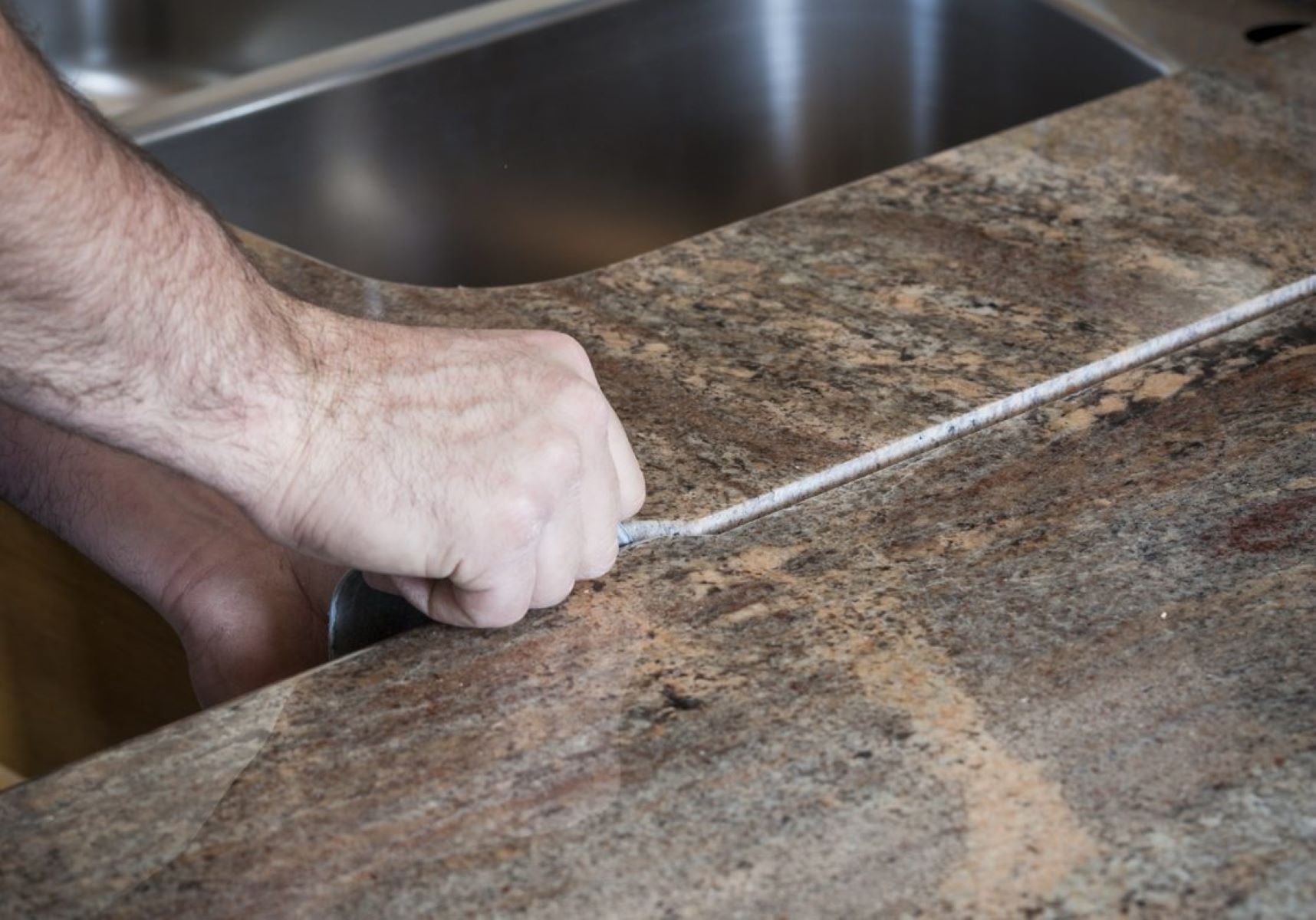
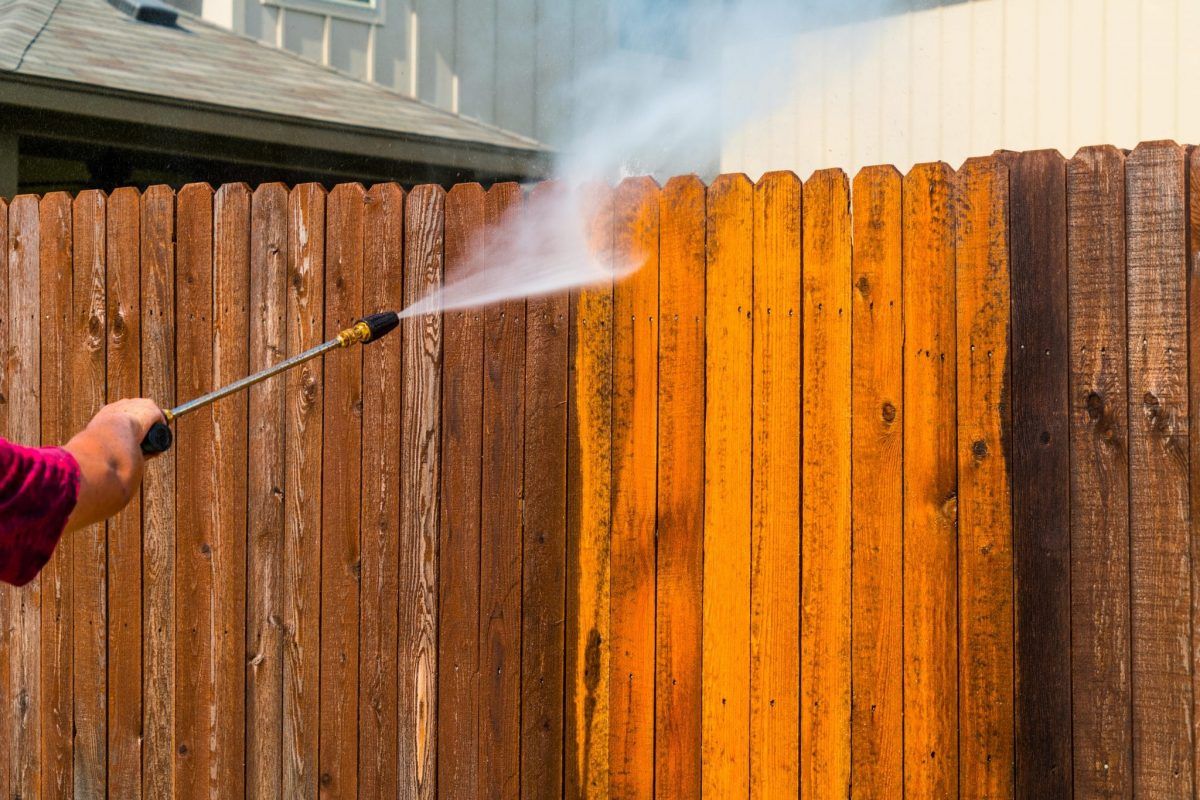
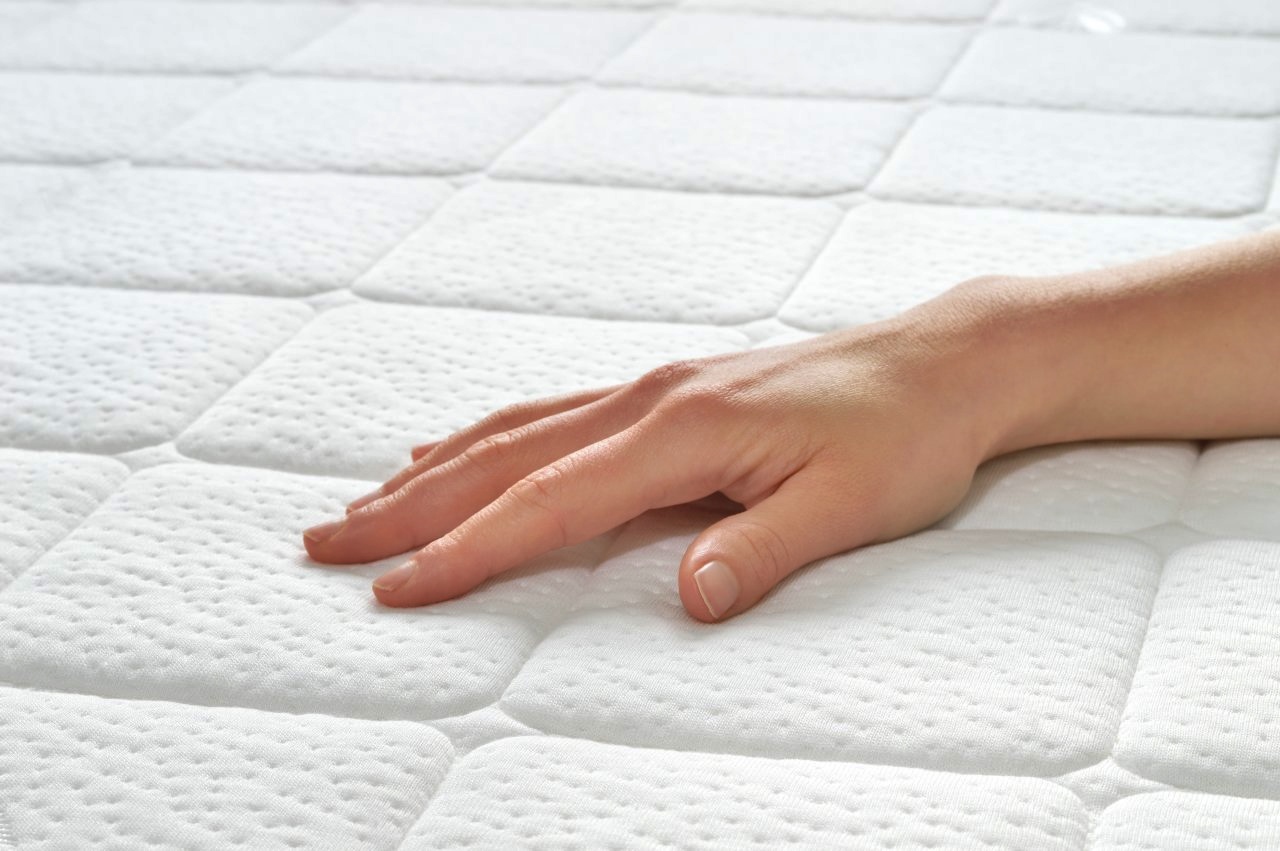
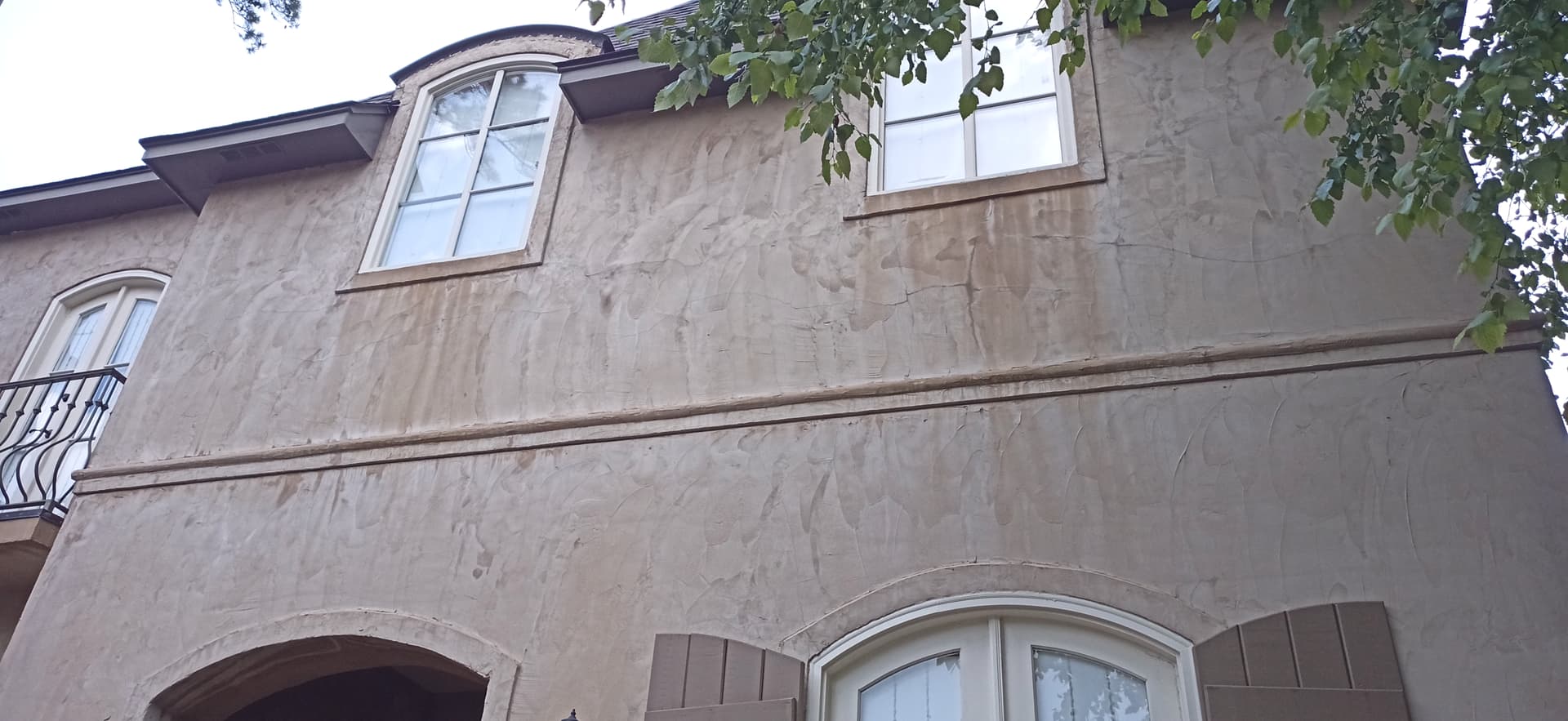


0 thoughts on “How To Remove Stains From Laminate Countertops”